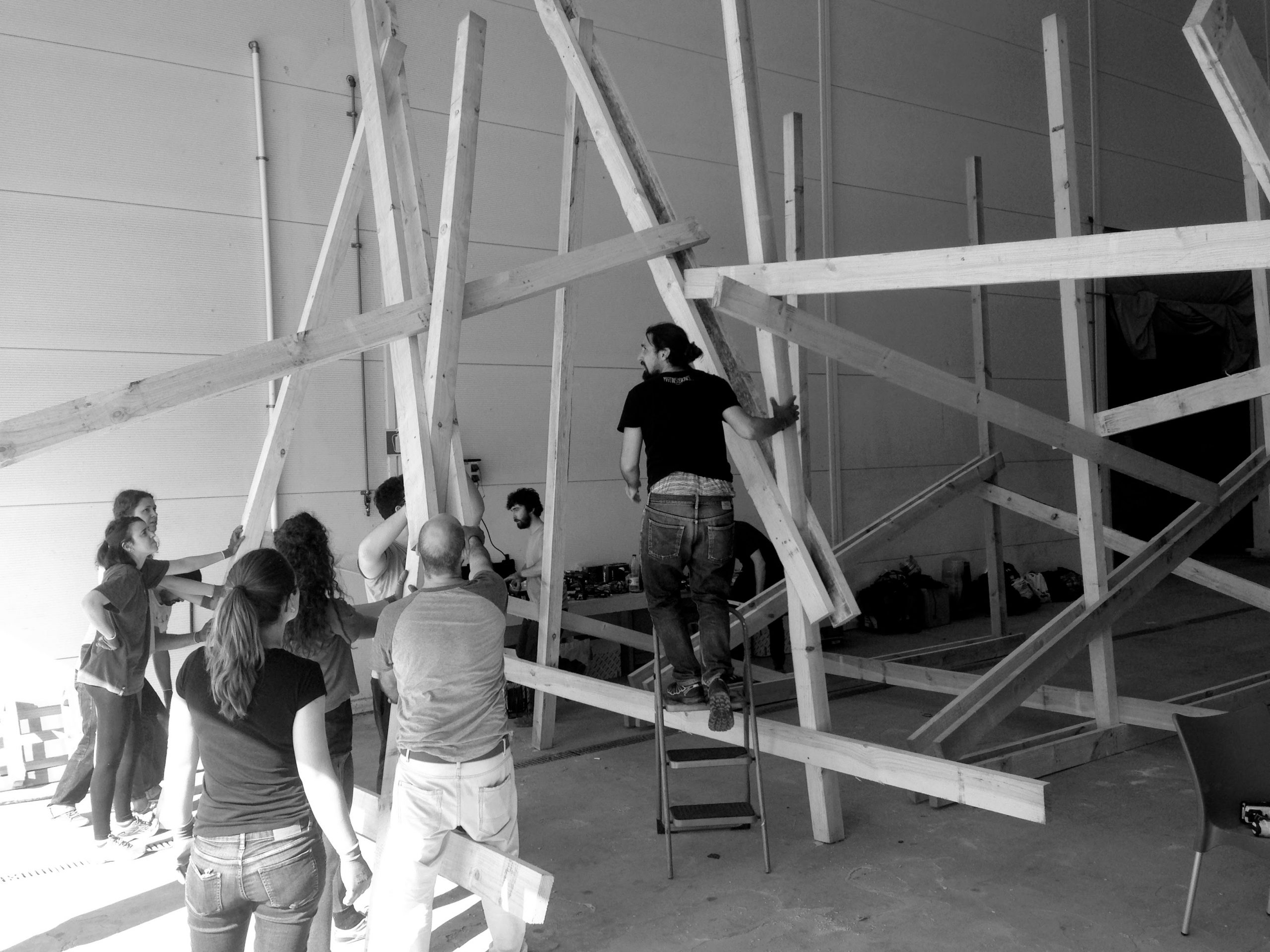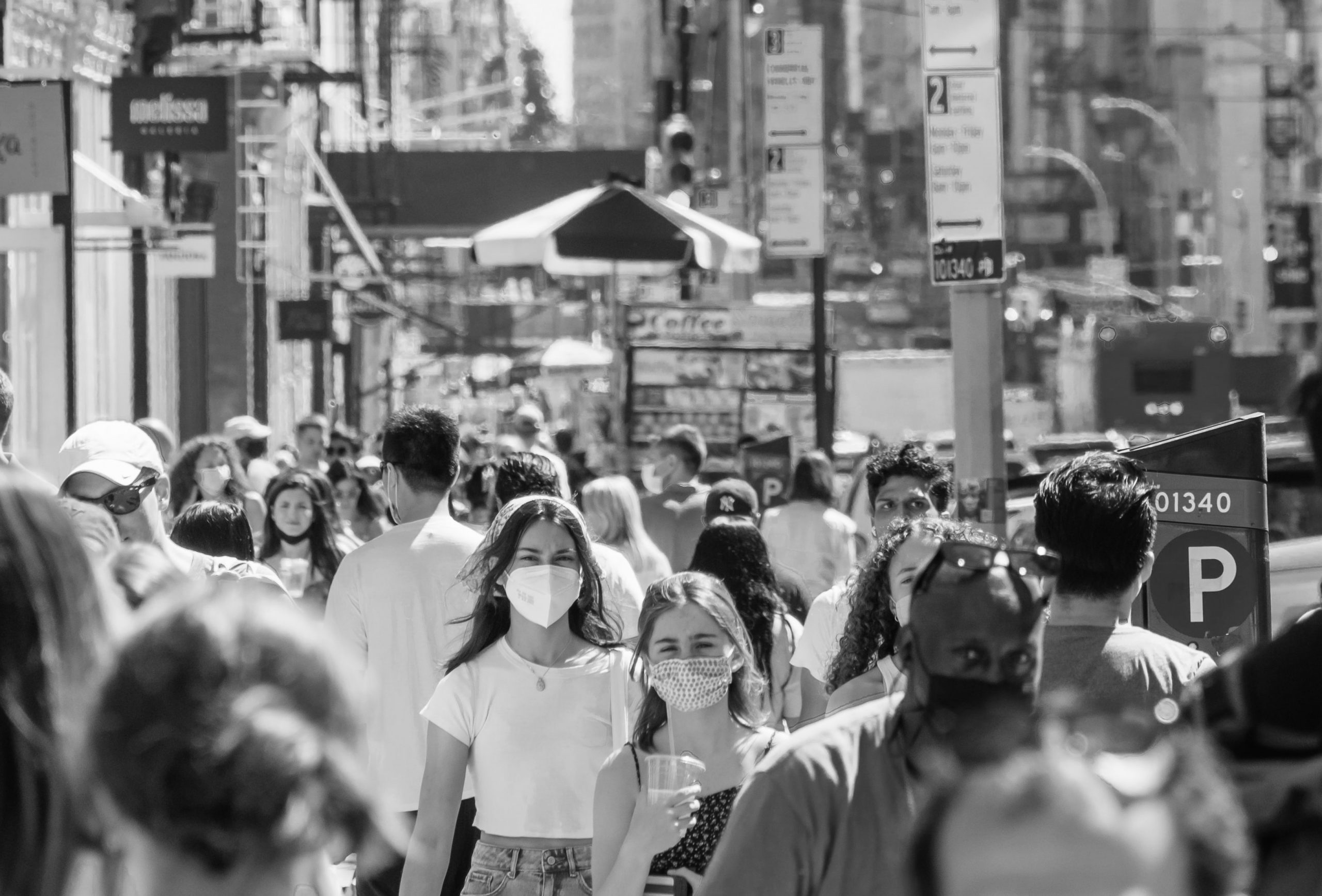Your cart is currently empty!

Diverse and inclusive environment for Civic Design
Introduction
Creating a diverse and inclusive environment for Civic Design processes is key.
That means not just focusing on getting a diverse design team. But also making sure the participatory processes are designed inclusively.
A participatory process, if designed inclusively, makes participants feel involved. It makes them feel relevant. And it can motivate them and even make difficult conversations easier.
So how can you make sure your participatory processes are inclusive?
Ideas
An inclusive process not only has to involve people who perhaps don’t have a lot of power. But also has to include people who are different in their attitudes and cultural backgrounds.
Is key to work with facilitators, you should never improvise it!
And if you have already taken a leap towards a more inclusive approach or want to prioritise it, here are a few tips to make everything work.
- Start early
Get involved in the process of making rules or procedures early on. And start by doing a quick SWOT analysis to understand where some people’s views might already be Dominant or Under-Powered.
- Decide who you want to work with
Do not underestimate the power of natural sub-cultures, or the big groups that we all have inside us that we may not even notice. And plan in advance who you work with and what you want to achieve together.
- Work with people, not just for them
The boundaries between colleagues, staff, between participants, are sometimes blurry. The people you work with may know a lot more than you do about running a conflict management group, making your processes more inclusive.
In an inclusive process, everyone is equal – it is the right people, using the right skills, for the right purpose. As soon as you start to become more familiar with the people working with you, the boundaries between colleagues, staff and between participants blur.
- Collaboration & co-creation is especially valuable when we work on many projects at the same time
When you do many, many projects you have a problem – how do you switch between these many different communities, people, projects?
By setting up collaborative platforms – “platforms” that give people and agencies to work together on a common topic. This guarantees great ideas, because people from many communities can see what others have done before you and you can incorporate it.
- Use diversity as a resource
Diversity of backgrounds, gender, race, culture, age, expertise, location gives you a wider perspective of things and opens up questions which you would otherwise have missed. Diversity gives you many different resources.
- Create a safe environment
Artfully created safe spaces not only let people learn, do and be themselves and make mistakes, but they also create a positive atmosphere so that participants are more likely to cooperate and collaborate.
- Don’t focus on short-term gains
You can make a plan and then review it constantly. The important thing for long-term success is that local leaders and participants know that this is long-term work.
And that people know that by working together they get more done than when working separately..
I’d love to hear from you!
What challenges have you experienced?
CIVIC DESIGN NEWSLETTER
Let’s stay in touch!
.






Post a comment